The Numbat: A Detailed Look at an Endangered Species
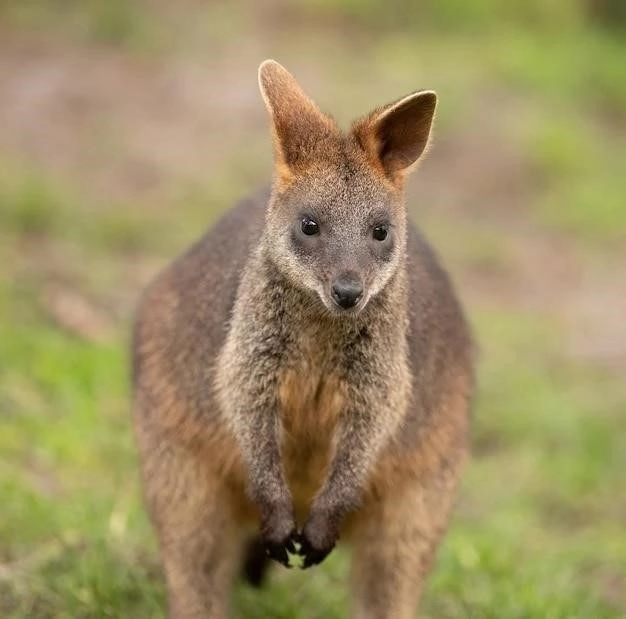
The numbat (Myrmecobius fasciatus), also known as the banded anteater, is a small, diurnal marsupial native to southern Australia. Recognized by its distinctive reddish-brown fur with white stripes, this fascinating creature faces an ongoing battle for survival. Once widespread, numbat populations have dwindled, leading to their classification as an endangered species. This decline is primarily attributed to habitat loss and the introduction of predatory species, such as foxes and feral cats.
Description and Distribution
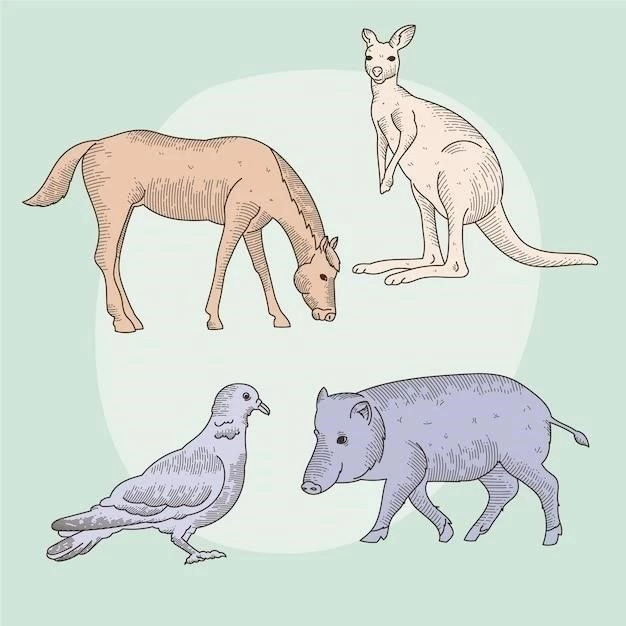
The numbat, scientifically known as Myrmecobius fasciatus, is a small, captivating marsupial that stands out with its vibrant appearance and unique dietary preferences. This remarkable creature, also known as the banded anteater, boasts a striking coat pattern, characterized by reddish-brown fur adorned with prominent white stripes that run across its back, further enhancing its visual appeal. This distinctive banding pattern not only contributes to its aesthetic charm but also serves as camouflage, blending seamlessly with the dappled sunlight filtering through its woodland habitat, providing a degree of protection from potential predators.
Distinguished by its elongated, pointed head and a slender, agile body, the numbat measures between 200-275mm in length, excluding its bushy tail, which can extend up to a further 150-180mm. This prehensile tail, while not as robust as those found in some arboreal marsupials, provides balance and stability as the numbat navigates its terrestrial environment. The numbat’s slender limbs, each equipped with five sharp claws, are ideally adapted for digging, a crucial behavior in unearthing its primary food source – termites.
In contrast to the majority of marsupials, the numbat is primarily active during the day, a behavioral adaptation known as diurnality. This diurnal lifestyle is intrinsically linked to its specialized diet and the behavior of its prey. Termites, being ectothermic creatures, are most active during the warmer hours of the day, when soil temperatures rise, making them more accessible to the numbat.
Historically, the numbat’s distribution spanned a significant portion of southern Australia, encompassing regions from Western Australia to New South Wales and extending into northwestern Victoria. However, over the past century, the numbat’s range has contracted dramatically, leaving fragmented populations clinging to survival in a fraction of their former habitat. This alarming decline is primarily attributed to a combination of factors, most notably habitat loss due to land clearing for agriculture and urbanization, and the introduction of invasive predators, particularly the red fox (Vulpes vulpes) and feral cats (Felis catus), which have exerted immense pressure on numbat populations.
Today, the numbat’s distribution is confined to a few isolated pockets of remnant bushland in southwestern Western Australia. These remaining strongholds, encompassing areas such as Dryandra Woodland and Perup Nature Reserve, serve as vital refuges for this endangered species. The precarious status of the numbat underscores the urgent need for comprehensive conservation efforts to protect remaining populations and mitigate ongoing threats to their survival.
Diet and Feeding Habits
The numbat stands out in the animal kingdom for its highly specialized diet, exhibiting an almost exclusive reliance on termites for sustenance. This remarkable dietary specialization is a defining characteristic of the species, shaping its morphology, behavior, and ultimately, its evolutionary trajectory. Unlike many other termite-eating mammals, such as pangolins or anteaters, which possess powerful claws for tearing into termite mounds, the numbat employs a more refined approach to foraging, relying on its acute senses and specialized adaptations to exploit its prey.
The numbat’s elongated, pointed snout, coupled with an exceptionally long, sticky tongue, represents a remarkable example of evolutionary adaptation, allowing it to access termites within their subterranean galleries. This slender, protrusible tongue, measuring up to 10 cm in length, is coated in sticky saliva, effectively trapping termites and drawing them into the numbat’s mouth. The numbat’s dentition, characterized by numerous weak, peg-like teeth, further reflects its specialized diet. These teeth, rather than being used for crushing or grinding, primarily serve to grasp and position termites for ingestion.

A diurnal forager, the numbat’s activity patterns are closely synchronized with the daily rhythms of its termite prey. As temperatures rise during the day, termite activity increases, prompting the numbat to commence its foraging expeditions. Relying heavily on its keen sense of smell and acute hearing, the numbat detects the subtle movements and vibrations of termites beneath the soil surface. Once located, the numbat uses its strong claws to delicately excavate shallow pits, exposing its prey.
To meet its energetic demands, a single numbat consumes a staggering number of termites daily, estimated to be between 15,000 to 20,000 individuals. This astonishing consumption rate highlights the numbat’s role as a significant regulator of termite populations within its ecosystem. However, this dietary specialization also makes the numbat particularly vulnerable to habitat alterations and the availability of its primary food source.
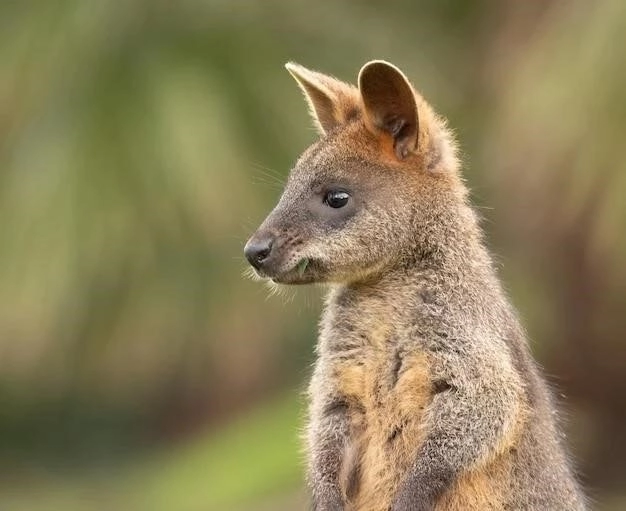
Habitat and Range

The numbat, a specialized termite-eating marsupial, once roamed extensively across southern Australia, its range encompassing a diverse array of habitats, from semi-arid woodlands to temperate forests. This historical distribution, however, stands in stark contrast to the numbat’s severely contracted range today, a consequence of anthropogenic pressures and the introduction of invasive species that have driven the species to the brink of extinction.
Historically, the numbat’s preferred habitats were characterized by a mosaic of open woodlands, characterized by a eucalypt overstory, providing essential shade, and a well-developed understory of shrubs and grasses. This structurally diverse vegetation provided the numbat with ample foraging opportunities, shelter from predators, and suitable nesting sites. The presence of fallen logs and hollow trees was particularly crucial, offering secure refuge for resting, breeding, and raising young.
However, the vast expanse of the numbat’s historical range has been dramatically reduced to a few isolated pockets in southwestern Western Australia. This alarming decline is largely attributed to habitat loss and fragmentation resulting from extensive land clearing for agriculture, urbanization, and the establishment of pine plantations. These activities have not only destroyed vast tracts of suitable numbat habitat but have also led to the isolation of remaining populations, making them more vulnerable to localized extinctions.
The introduction of the red fox (Vulpes vulpes) in the 19th century proved to be a catastrophic turning point for the numbat. Highly adaptable and opportunistic predators, foxes rapidly established themselves across the Australian continent, exerting immense pressure on native fauna, including the numbat. The numbat’s diurnal habits and ground-dwelling nature, combined with its relatively small size, made it particularly susceptible to fox predation, leading to rapid population declines across its range.
Threats to Survival
The numbat, once a common sight across southern Australia, now faces a precarious future, its survival hanging in the balance due to a confluence of threats that have driven this remarkable species to the brink of extinction. While the numbat has persisted for millennia, navigating the challenges posed by a dynamic environment, the rapid and profound alterations to its habitat, coupled with the introduction of novel predators, have created an unprecedented crisis for this specialized termite-eating marsupial.
Among the most significant threats to the numbat is the relentless onslaught of introduced predators, primarily the red fox (Vulpes vulpes) and feral cats (Felis catus). These highly adaptable and opportunistic carnivores, having arrived with European colonization, have wreaked havoc on Australia’s native fauna, with the numbat being particularly vulnerable. The numbat’s diurnal habits, ground-dwelling nature, and relatively small size make it easy prey for these introduced predators, which have played a significant role in decimating numbat populations across their former range.
Compounding the threat from predation is the ongoing loss and fragmentation of suitable habitat. The clearing of native vegetation for agriculture, urbanization, and other land uses has resulted in the destruction and fragmentation of vast tracts of woodland ecosystems, upon which the numbat depends. This habitat loss not only reduces the overall area available for numbats to forage and establish territories but also isolates populations, making them more susceptible to localized extinctions.
Furthermore, altered fire regimes pose an additional threat to numbat populations. While fire is a natural part of the Australian landscape, playing a crucial role in maintaining ecosystem health, the frequency, intensity, and timing of fires have been significantly altered since European settlement. More frequent and intense fires, often fueled by changes in vegetation structure and composition, can be detrimental to numbats, destroying critical shelter sites, such as hollow logs, and reducing the availability of termites, their primary food source.
Conservation Efforts
Recognizing the precarious status of the numbat, conservationists and wildlife agencies have mobilized a multifaceted conservation effort, combining intensive management strategies, research initiatives, and community engagement programs to safeguard this unique and highly specialized marsupial from extinction. These efforts, while facing significant challenges, offer a beacon of hope for the numbat’s future, aiming to stabilize and, ultimately, recover populations across its fragmented range.
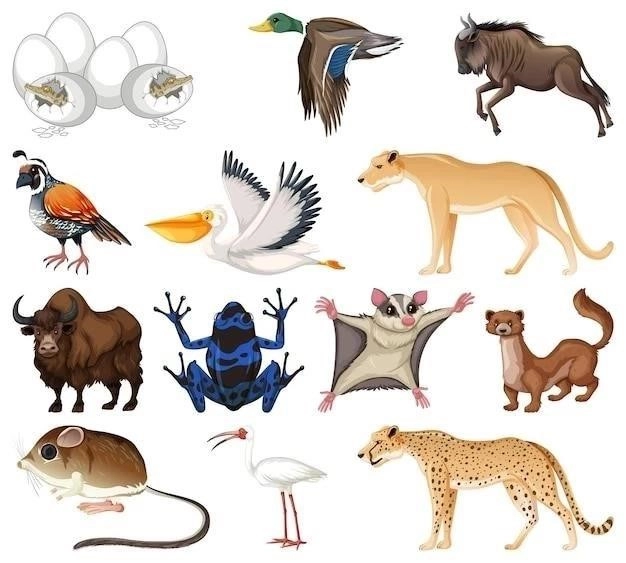
One of the cornerstones of numbat conservation has been the establishment and management of predator-free areas. These sanctuaries, often fenced enclosures within larger conservation reserves, aim to exclude introduced predators, such as foxes and cats, providing a safe haven for numbats and other vulnerable native species to thrive. Within these protected areas, intensive monitoring programs are implemented to track numbat populations, assess habitat quality, and guide ongoing management decisions.
Beyond predator-free areas, conservation efforts have focused on restoring and enhancing habitat connectivity across the numbat’s fragmented landscape. This involves revegetation projects, creating wildlife corridors, and managing fire regimes to mimic natural patterns, promoting habitat diversity and facilitating the movement of numbats between isolated populations. These initiatives aim to increase the effective population size and reduce the risk of inbreeding, which can be detrimental to the long-term health of small, isolated populations.
Research plays a crucial role in informing numbat conservation strategies. Scientists are working to gain a deeper understanding of the numbat’s ecology, behavior, and genetics, seeking to identify critical habitat features, refine predator control methods, and assess the effectiveness of various conservation interventions. This knowledge is essential for optimizing conservation efforts and ensuring that resources are directed towards the most impactful actions.
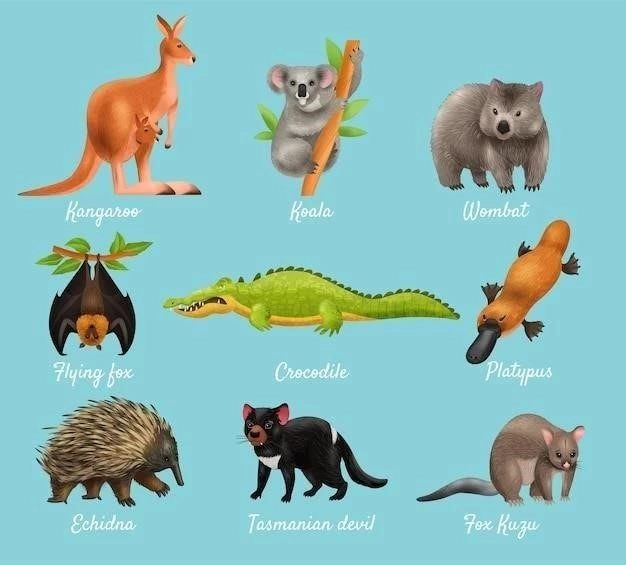
The Role of Habitat Restoration
Habitat restoration stands as a critical pillar in the fight to secure the future of the numbat, a species teetering on the brink of extinction due to the pervasive impacts of habitat loss, fragmentation, and degradation. Recognizing the intrinsic link between the numbat’s survival and the health of its woodland ecosystems, conservationists have placed a strong emphasis on restoring and enhancing habitat quality and connectivity across the numbat’s fragmented range. This approach acknowledges that simply protecting remaining habitat patches is insufficient; active interventions are essential to reverse the decline of this specialized marsupial.
Habitat restoration efforts for the numbat are multifaceted, encompassing a range of strategies tailored to address the specific challenges facing the species. One key approach focuses on revegetation, aiming to restore native plant communities within degraded areas and create corridors of suitable habitat connecting isolated numbat populations. These revegetation projects typically involve planting a diversity of native tree and shrub species that provide essential food sources, shelter, and nesting sites for numbats.
In addition to revegetation, managing fire regimes is crucial for maintaining habitat suitability for numbats. While fire is a natural part of the Australian landscape, the frequency, intensity, and timing of fires have been significantly altered since European settlement, often resulting in more frequent and intense wildfires that can be detrimental to numbat populations. Conservation managers employ prescribed burns, carefully planned and controlled fires, to mimic natural fire regimes, reducing fuel loads, promoting habitat diversity, and creating a mosaic of vegetation ages that benefit numbats.
Furthermore, habitat restoration efforts often involve mitigating the impacts of livestock grazing and feral herbivores, which can degrade habitat quality for numbats. Controlling grazing pressure through fencing, rotational grazing practices, or reducing herbivore densities helps to protect sensitive vegetation, allowing native plant communities to regenerate and provide suitable foraging and shelter resources for numbats.










